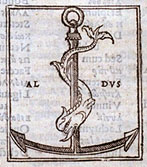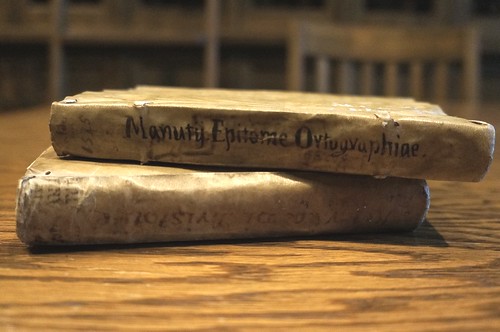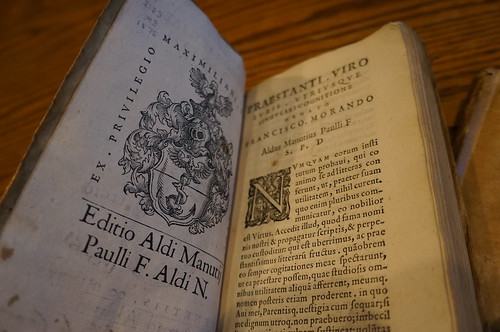Erasmus’s Novum Testamentum, published in 1522 in a tooled vellum (calfskin) binding with original latches intact. This is the third edition of this publication, with the first being published in 1516 and the second in 1519.
Erasmus, a Christian Humanist, was a the height of his literary fame when this was published. This edition has the added controversial, Comma Johanneum, read text along with a long footnote about how they were not included in the Greek manuscripts he consulted for the text. To avoid any occasion or personal unorthodoxy to undermine the acceptance of this commentary, he lived in Basil Switzerland from 1522-1527.
This edition is said to have been used by Tyndale for the first English translation of the New Testament (1526). Tyndale was burned at the stake as a heretic by Henry VIII in 1536.
Here are the additional verbiage:
1 John 5:7-8: ⁷For there are three that bear record in heaven, the Father, the Word, and the Holy Ghost: and these three are one. And there are three that bear witness in Earth, the Spirit, and the water, and the blood: and these three agree in one. If the Comma Johnanneum was originally part of 1 John 5:7-8, it would be the clearest and most direct reference to the Trinity in the entire Bible.



Recent Comments